
We might be "gone surfing,” but you can always find us right here!
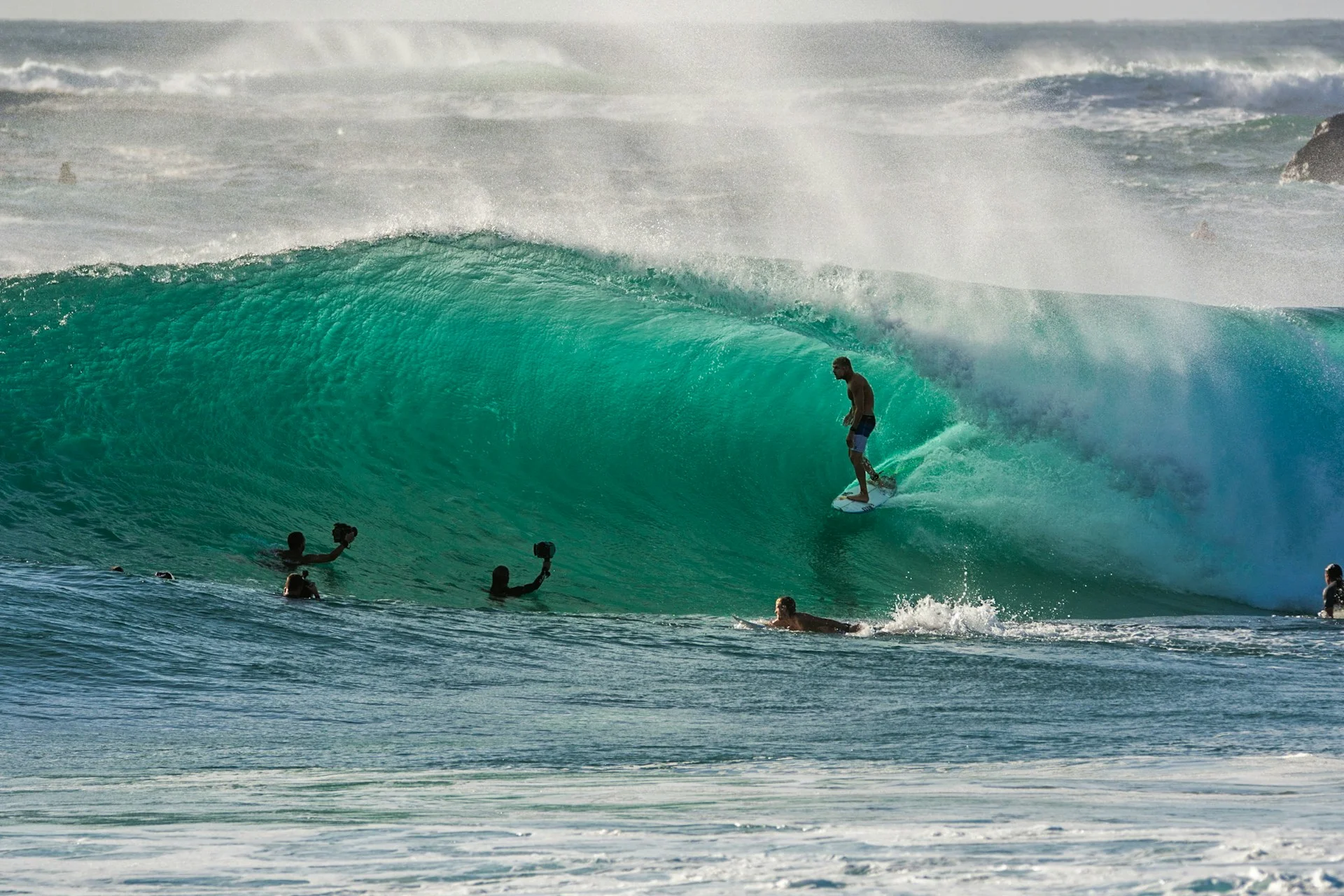
Surfing is a humbling sport that allows you to feel the incredible force of nature with every wave. While it’s not the most dangerous sport in the world, there are still dangers associated with it. Understanding these risks and how to mitigate them is crucial for a safe and enjoyable surfing experience.
In this blog, we’ll be discussing surfing’s inherent risks and the importance of understanding surf etiquette, wave dynamics, and safety measures. From analyzing surfing accidents and injuries to identifying bad waves and safe ways to surf, we aim to provide a comprehensive guide to help surfers of all levels navigate the challenges of the ocean.
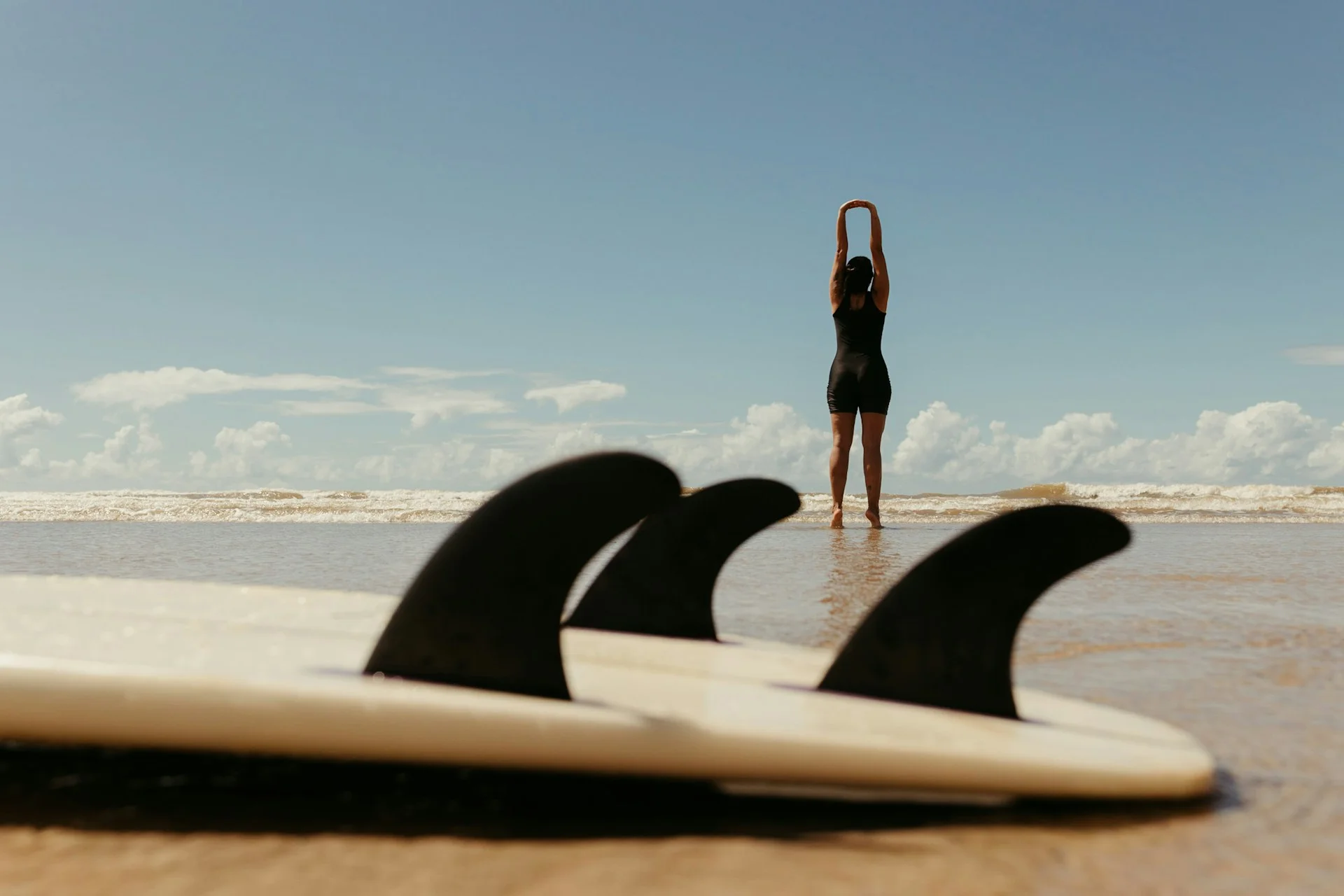
Surfing is an invigorating sport that brings you face-to-face with the raw power of the ocean. To answer the question, “Is surfing dangerous?” It’s essential to grasp the sport’s fundamentals.
Surfing is not just about standing on a board; it’s a dance with the waves, requiring a blend of balance, strength, and a deep understanding of the ocean’s moods and movements. Catching a wave involves timing, positioning, and the ability to read the water, all while maintaining control and composure on your board.
However, with the thrill comes the risk. The potential dangers of surfing range from drowning, injuries inflicted by your surfboard or hidden marine life, to being swept away by strong ocean currents. Each ride is a test of skill and nerve, as surfers navigate the ever-changing landscape of the sea. Thankfully, many of these risks are easily avoidable with the right knowledge, preparation, and respect for the ocean’s power.
Surfing, while exhilarating, comes with its share of inherent risks. Understanding these dangers is crucial for a safe surfing experience. Here are some factors that contribute to making surfing a potentially hazardous sport:
One of the most significant dangers surfers face is strong ocean currents. Rip currents, in particular, can quickly pull surfers away from shore, leading to exhaustion or even drowning if one is not careful. Knowing how to identify and escape these currents is vital for every surfer.
Surfing over shallow reefs presents another risk. A wipeout in such areas can result in severe injuries from coral cuts to broken bones. Surfing injuries from sharp reefs can be minimized by wearing protective gear and choosing spots that match your skill level.
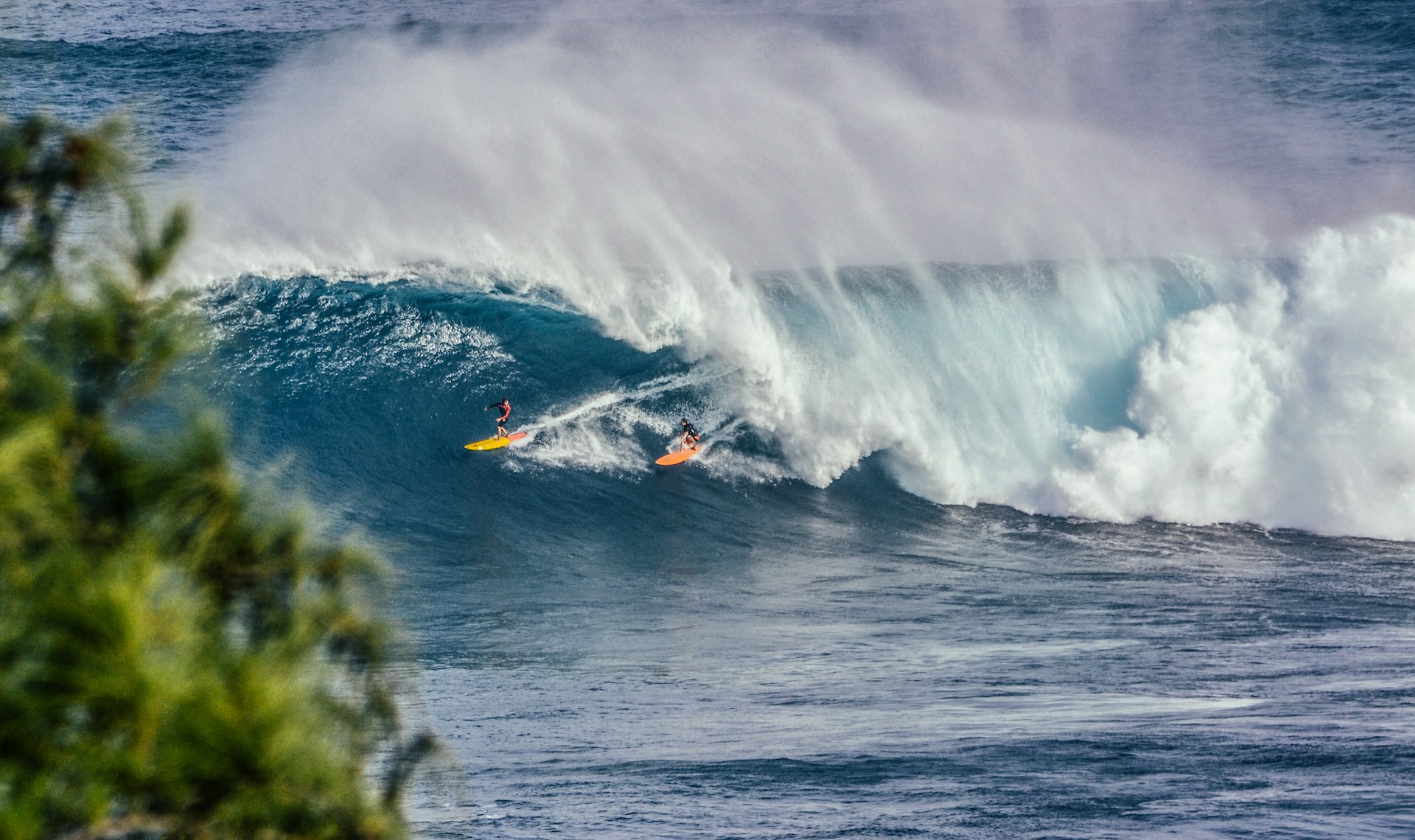
The ocean is a dynamic playground, and collisions are not uncommon. Surfers can collide with each other, their own boards, or even the ocean floor. Such incidents can lead to surfing injuries ranging from minor bruises to more serious head injuries.
While rare, encounters with marine predators like sharks can be a concern in certain surfing locations. Although deaths from surfing due to shark attacks are extremely rare, the possibility adds an element of risk to the sport.
Not all waves are created equal. Bad waves, characterized by their unpredictable nature or excessive force, can pose a significant danger to surfers. Understanding where waves break and choosing the right conditions for your skill level is crucial for safe surfing.
A lack of surf etiquette can lead to dangerous situations in the water. Respecting other surfers, following the rules of priority, and being aware of your surroundings can help prevent accidents and ensure a positive experience for everyone in the lineup.
By being aware of these dangers and taking the necessary precautions, surfers can enjoy the thrill of riding the waves while minimizing the risks. Safe surfing practices, proper training, and respect for the ocean are key to a fulfilling surfing journey.
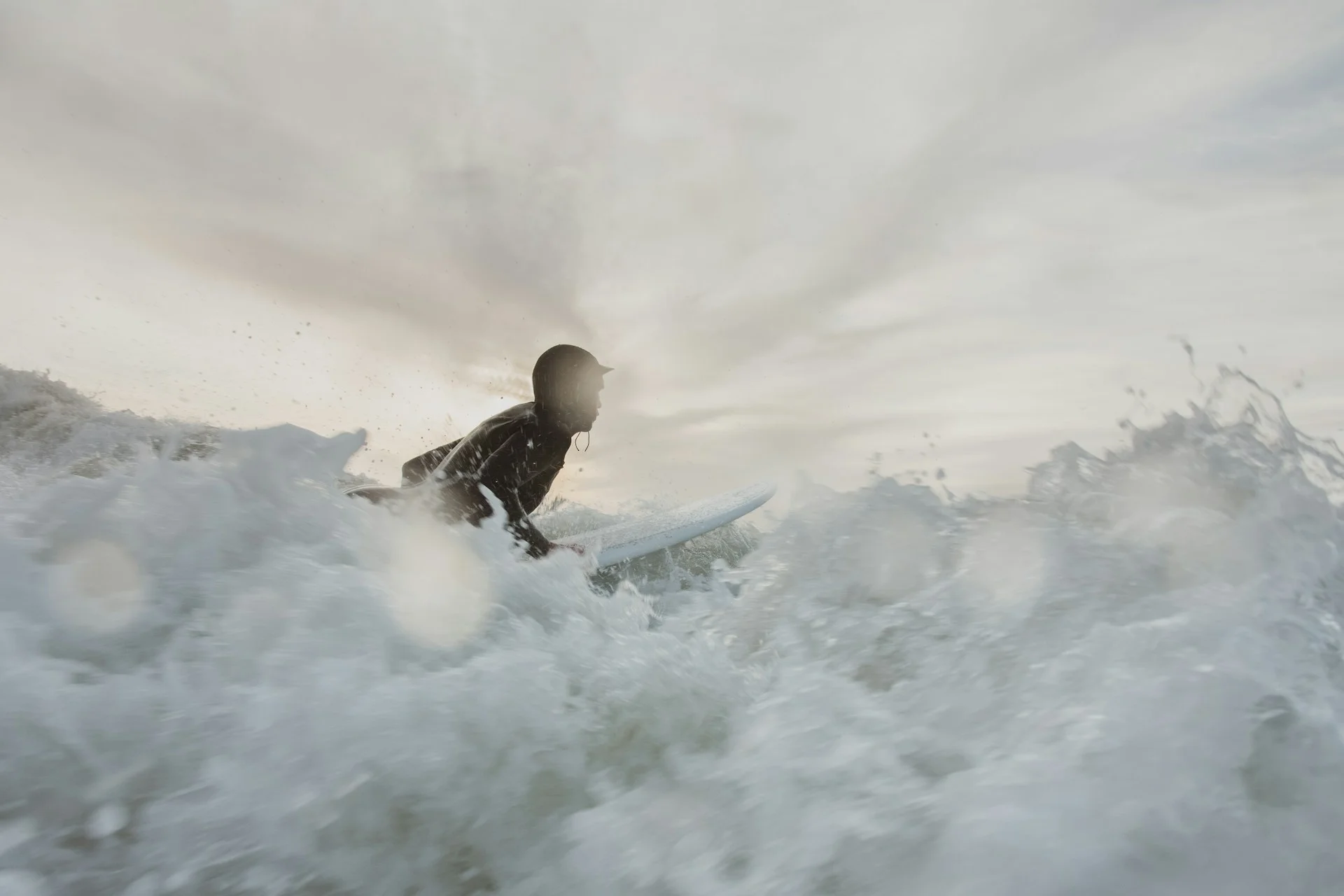
When comparing the number of surfers worldwide to the number of deaths from surfing each year, the sport appears relatively safe. The estimated annual death toll for surfers is no more than 10, which is low considering there are approximately 23 million surfers globally. However, it’s essential to remember that even one death is too many, and safety should always be a priority.
Surfing, while a source of immense joy and excitement, can lead to a range of injuries. These injuries can vary in severity, from minor to severe, and understanding how to prevent them is an essential aspect of safe surfing.
Cuts and bruises are some of the most common surfing injuries. These can occur from contact with the surfboard, fins, or the ocean floor. Wearing protective gear like rash guards and using a surfboard with softer edges can help minimize these injuries.
Sprains and strains are also common among surfers. These injuries often result from the physical demands of paddling, maneuvering the board, and maintaining balance on the waves. Proper warm-up exercises and maintaining good physical fitness can reduce the risk of these injuries.
Fractures can occur from more severe impacts, such as a forceful collision with the surfboard or hitting a reef or rocky ocean floor. Using caution in rough conditions and avoiding overcrowded surf spots can help prevent fractures.
Head injuries, including concussions, are a significant concern in surfing. Collisions with the surfboard or other surfers can lead to head trauma. Wearing a helmet, especially in heavy surf or shallow reef breaks, is a wise precaution.
Lacerations from sharp objects like coral or fins are another risk. These injuries can be deep and require medical attention. Surfing in areas with a sandy bottom and avoiding shallow reefs can help reduce the risk of lacerations.
To avoid injuries from surfing, it’s crucial to practice safe surfing techniques, such as proper fall techniques to avoid hitting the board or ocean floor. Staying aware of the surroundings, including other surfers and potential hazards, is also essential for preventing injuries.

Hawaii, with its stunning beaches and legendary surf, is a dream destination for surfers. However, the risks associated with surfing in Hawaii can vary greatly depending on the season, location, and individual skill level.
The winter months bring powerful swells to the North Shore of Oahu, creating some of the most challenging and dangerous waves in the world. Spots like Pipeline, Sunset Beach, and Waimea Bay are notorious for their massive waves and strong currents, attracting only the most experienced and daring surfers. During this time, the risks of surfing injuries, including collisions with the reef or other surfers, are significantly higher.
In contrast, the summer months offer a different surfing experience and answer to the question: “is surfing dangerous?” The South Shore, particularly Waikiki Beach, becomes a haven for beginners and intermediate surfers during our surf lessons.
The waves are smaller and more forgiving, providing a safer environment for those learning to surf or looking to enjoy a more relaxed session. However, even in these conditions, it’s essential to remain vigilant and practice safe surfing to avoid injuries.
Each beach in Hawaii has its own set of hazards that can impact surfers’ safety. For example, some spots may have sharp coral reefs just beneath the surface, posing a risk of cuts and abrasions.
Others might be prone to strong rip currents that can quickly pull surfers out to sea. Understanding the specific dangers of each beach and respecting local surf etiquette are crucial for a safe surfing experience in Hawaii. Our team members will always share their favorite beginner-friendly Oahu surf sports with the least hazards.
Following surfing etiquette is vital for safety in the water. This includes understanding the right-of-way rules, not dropping in on other surfers’ waves, and maintaining a safe distance from others. Additionally, being aware of where waves break and how to safely exit a wave can prevent collisions and injuries.
For those new to surfing or looking to improve their skills in a safe environment, taking lessons from a reputable surf school can be invaluable. Instructors can provide guidance on safe surfing practices, help identify the best spots for your skill level, and offer tips on how to read the waves and currents.
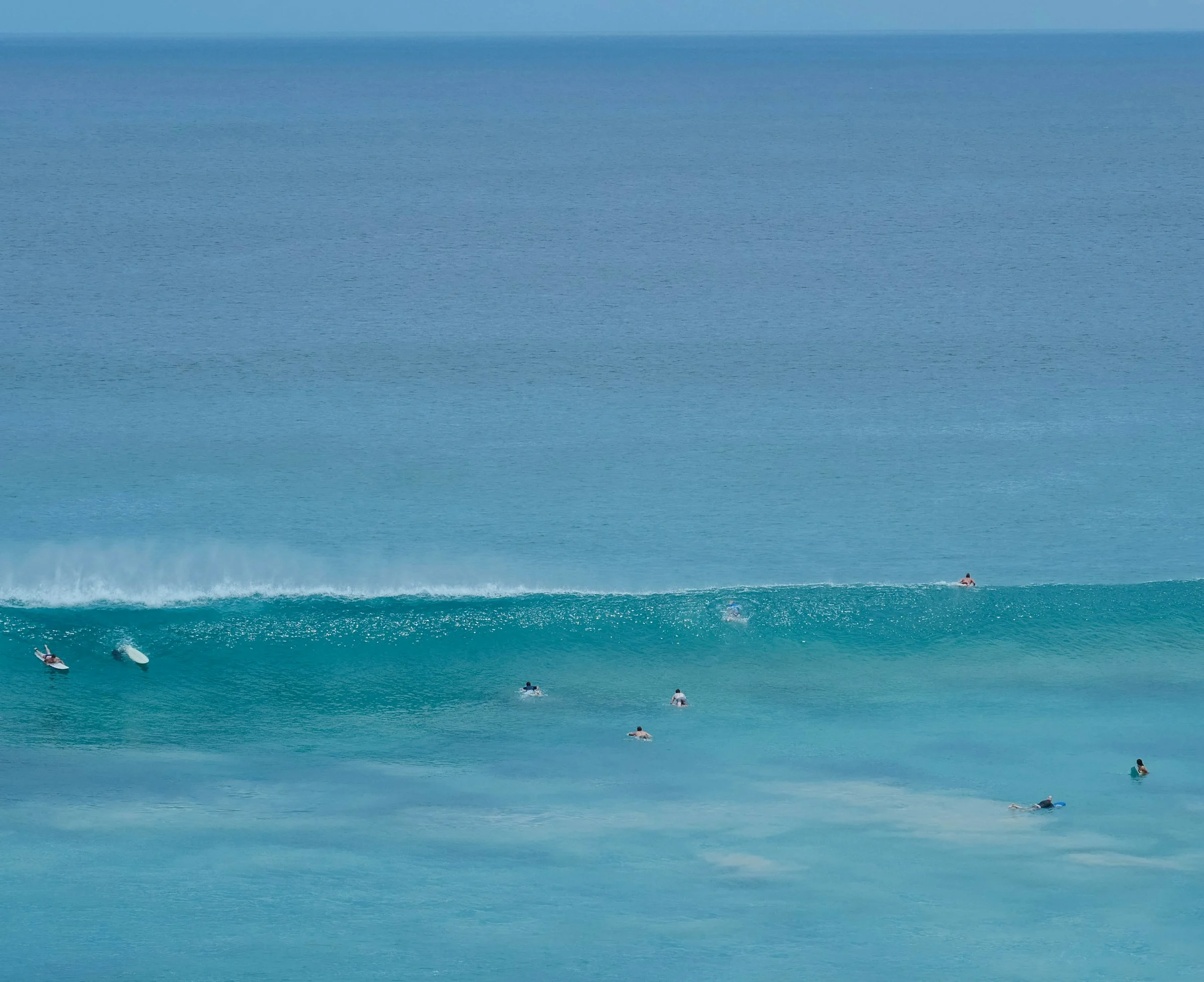
In the world of surfing, not all waves are created equal. Bad waves are typically characterized by their overwhelming size, excessive power, or their tendency to break too close to the shore or over shallow reefs.
These conditions pose significant risks, especially for inexperienced surfers who might find themselves outmatched by the force of the waves. It’s crucial to assess the waves and gauge your own skill level before venturing into the water. Remember, safety surfing is about knowing your limits and respecting the ocean’s power.
Surfing can be a safe and enjoyable sport with the right approach. Here are some tips for safe surfing practices:
Surf etiquette is the unwritten code of conduct that ensures everyone’s safety and enjoyment in the water. Key aspects of surf etiquette include:
Knowing where waves break is an essential aspect of safe surfing. This knowledge allows you to position yourself correctly, avoid dangerous areas, and choose the best waves to ride. Understanding the bathymetry of the surf spot and observing the wave patterns before entering the water can significantly enhance your safety and performance.
At Gone Surfing Hawaii, we’re committed to providing you with the skills, knowledge, and confidence to ride the waves safely. Our experienced instructors are here to guide you through every step of your surfing journey, from mastering the basics to tackling more advanced techniques. Contact us for personalized lessons tailored to your skill level, ensuring a fun and secure learning environment.
© 2014 Gone Surfing Hawaii. All Rights Reserved. // CALL 8 0 8 . 4 2 9 . 6 4 0 4 // TEXT 808.207.8810 info@gonesurfinghawaii.com